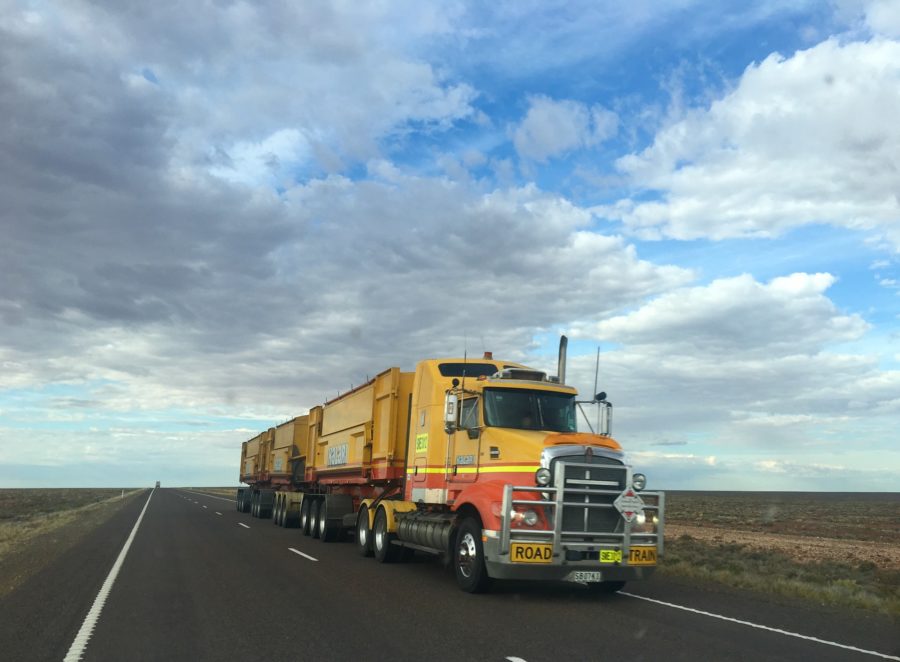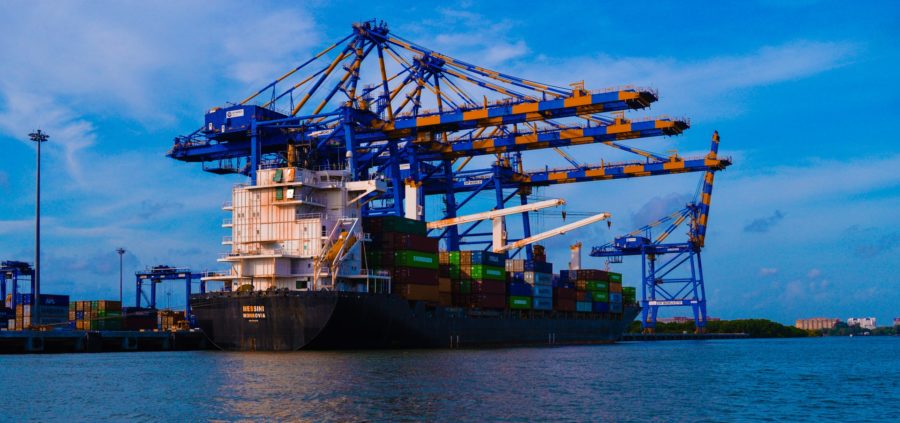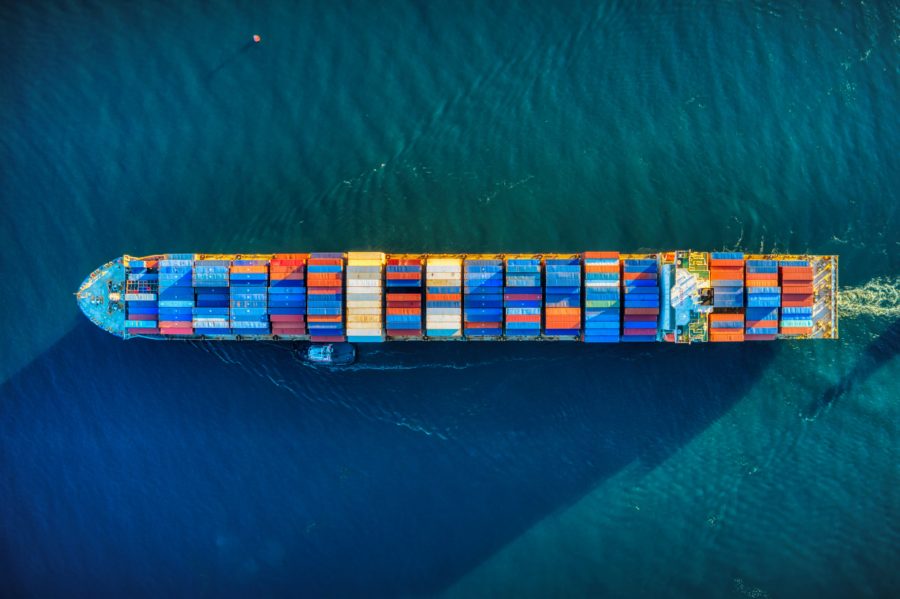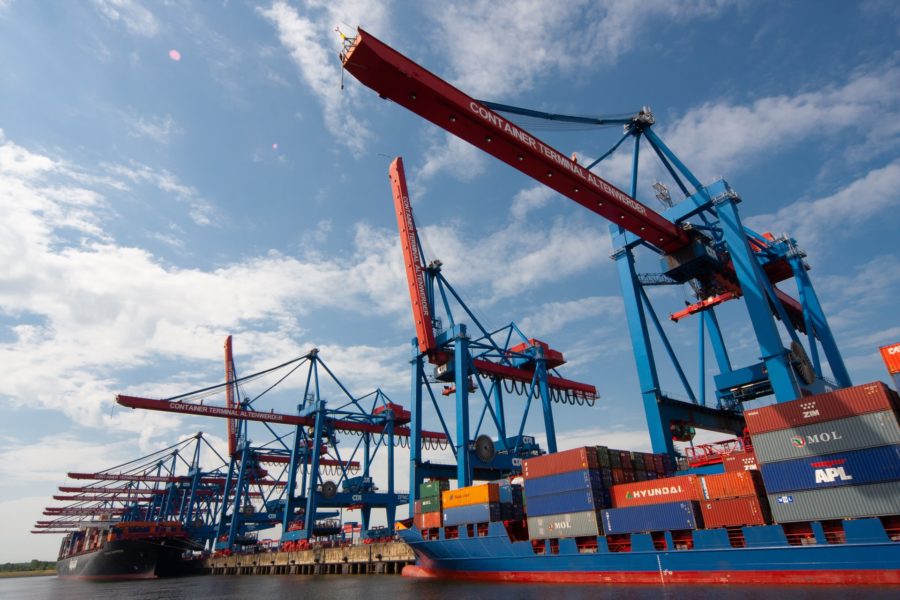Sign up for recent trade news that can affect your business:
June 30, 2021
Entry Into Force of Sewing Thread Requirement for Apparel Goods

Effective July 1, 2021, apparel goods of Chapter 61 or 62 containing sewing thread of heading 52.04, 54.01 or 55.08, or yarn of heading 54.02 used as sewing thread shall be considered originating only if such sewing thread is both formed and finished in the territory of one or more of the Parties.
Sewing thread is considered formed and finished in the territory of one or more Parties if all production processes and finishing operations, starting with the extrusion of filaments, strips, film or sheet, and including slitting a film or sheet into strip, or the spinning of all fibres into yarn, or both, and ending with the finished single or plied thread ready for use for sewing without further processing, took place in the territories of one or more of the Parties, even if non-originating fibre is used in the production of sewing thread of headings 52.04, 54.01 or 55.08, or yarn of heading 54.02 used as sewing thread.
Goods of Chapter 61 or 62 that are produced in Canada using non-originating sewing thread may nonetheless be eligible for duty-free treatment when imported into the United States or Mexico under the CUSMA Tariff Preference Levels (TPLs), regardless of the origin of the yarn or fabric used.
The CUSMA TPLs provide duty-free access for specified quantities of yarns, fabrics, apparel and made-up textile goods that do not meet the applicable rules of origin. Imports into the U.S. under TPLs are also exempt from U.S. merchandise processing fees.
For more information on CUSMA TPLs for textiles and apparel, please visit Global Affairs Canada’s textiles and clothing page.
More information on the sewing thread requirements is set out in Note 3 of Chapter 61 and Note 4 of Chapter 62 in Annex 4-B of the CUSMA and in subsection 2(b) of Schedule 1 of the CUSMA Rules of Origin Regulations (CUSMA Rules of Origin Regulations.)







